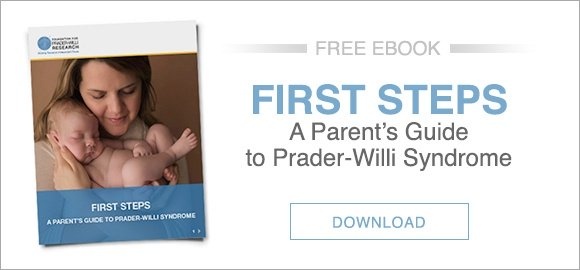It is well known that individuals with PWS often exhibit developmental delays and impaired cognition compare to typically developing peers. There is also evidence that those with PWS are at higher risk than the general population for mental health problems including anxiety, obsessive compulsive disorder, psychosis, as well as autism spectrum disorder.
However, there have only been a handful of studies looking at specific structural brain differences between those with and without PWS. One group tackling this issue is the Hokken-Koelega laboratory in The Netherlands. Aided by funds from FPWR, her group has been working on a project Unraveling the developmental neurobiology of PWS: a cross sectional brain-imaging study, with a paper recently published in PLOSONE.
Importantly, the results of the study identified four specific clusters/areas of the brain that have lower lGI, i.e. less complexity, in children with PWS as compared to control. For two of these four regions, those with PWS by UPD had significantly lower lGI than those by DEL. In addition, there was a correlation between complexity and IQ for all study participants. Those individuals with less structural complexity also had lower verbal and total IQ scores.
Although these results can seem disheartening, they are a critical step forward in gaining a better understanding of the underlying basis of differences in cognition and mental health in PWS. Continuing this line of work and growing the data set with more participants could provide leads on which structural differences contribute to which aspects of cognition and mental health challenges in PWS. This work also establishes a critical baseline of cortical structure in PWS, and provides a way to look at changes over time. Having a quantifiable measure of brain structure is a necessary tool for studying the response and benefits of potential early interventions aimed at improving cognition and mental health in PWS.
The paper, which can be found here, is the first to measure brain structure (cortical complexity) specifically in children with PWS. Using a technique called magnetic resonance imaging (MRI), the researchers collected high resolution images from 24 children with PWS (ages 6-19; 12 deletion; 12 maternal uniparental disomy, or UPD), and compared them with each other, and with images from age and gender matched sibling controls. They measured a parameter called local gyrification index (lGI) which is basically a ratio of surface area to volume. Imagine a ball that is smooth on the surface vs. one the same size but that has lots of grooves, nooks, and crannies. The first ball has less surface area, i.e. less complexity, which would be represented by a lower lGI. A lower lGI could also be representative of similar surface area, but differences in volume.








